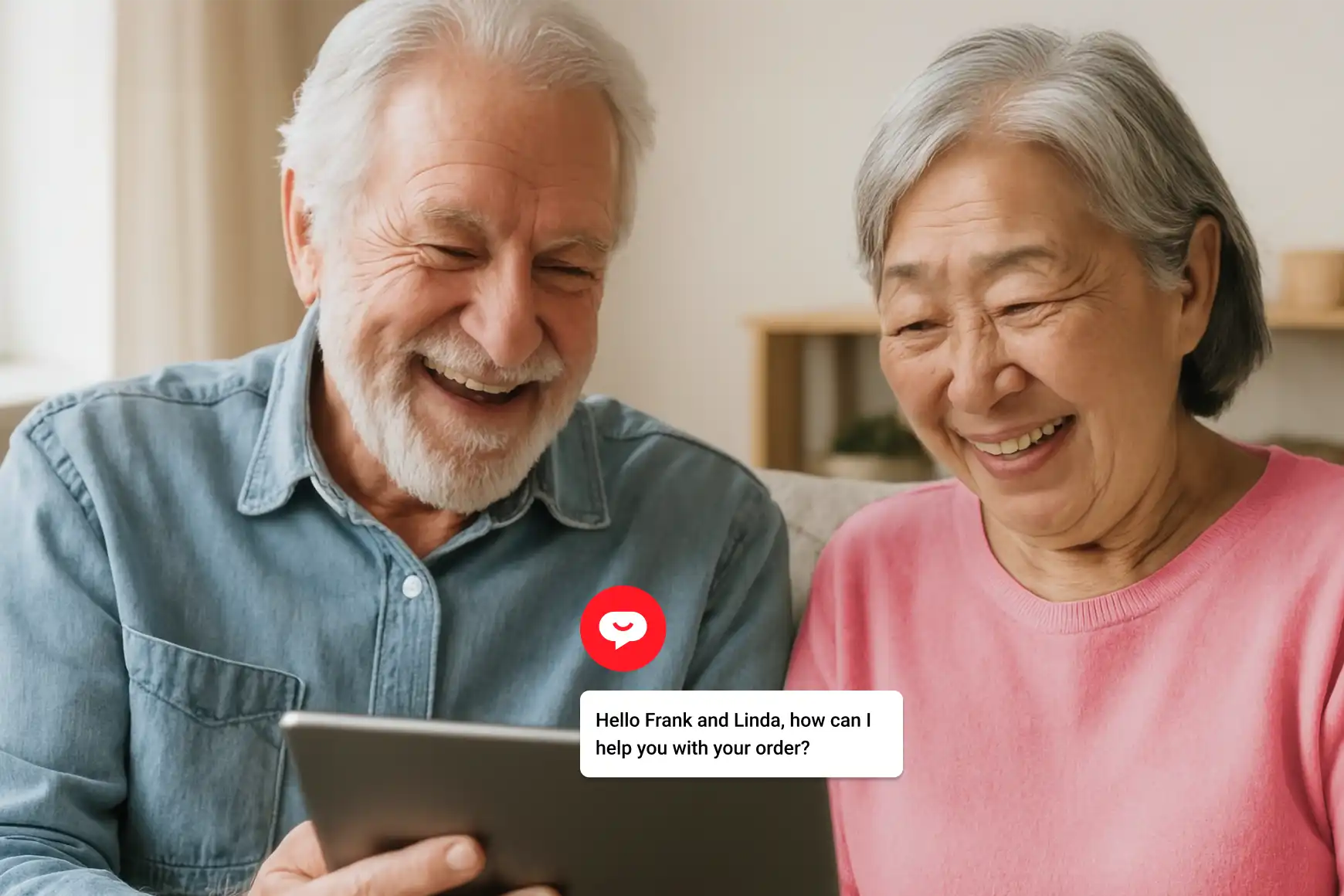5 Tips for Aligning Customer Success and Customer Service to Grow Your Business

By Lori Stout
0 min read

Too many companies make the mistake of focusing only on customer acquisition and ignoring the single biggest source of profitability they have—their existing customers.
At Talkdesk, we believe that loyalty drives revenue. It should be the golden rule of every customer experience organization—if you take genuine, intentional care of your customers, they will reward you by remaining loyal and bringing others along with them.
Sound a little too “feel good” to be true? Consider this: research shows that just a 5% boost in customer loyalty can lead to a 95% increase in profits.
Not a bad ROI.
So how do we provide the kind of service that earns customer loyalty? It all starts with aligning our customer-facing teams with each other and with the rest of the organization. Here are five simple tips to help you get started.
Forget about “one size fits all”
If you have separate customer success and customer service teams in your organization, it may be tempting to treat service level models the same for both teams. The problem is that each team serves a unique function. Traditional customer service teams are generally the highly-technical, “in the weeds” heroes that solve day-to-day support issues. Customer success teams, on the other hand, oversee the holistic health of the entire journey for each customer.
While customer success must be in close alignment with customer service, support is only one angle within the entire picture of the customer journey. Each team needs the freedom to approach service level segmentation in the way that best serves their crucial role in helping customers.
Make customer experience everyone’s job
Everyone has a stake in the customer experience. The success and failure of our customers isn’t the sole responsibility of one person or team. At Talkdesk, we make customer retention and NPS metrics the responsibility of every employee—regardless of role or team.
If we place the burden of customer loyalty entirely on our customer success and customer service teams, we run the risk of burning them out, isolating them and withholding the support and resources they need to fully support our customers. When you create a company culture of accountability for customer experience, results follow.
Make it easy for teams to communicate
Customer teams must strike a balance between collecting and leveraging the right data and not getting in the way of an authentic customer experience. How? They need the right communication tools. Do all teams capture data in the same system? Is there full transparency of customer information between systems? If you are making your teams enter data more than once or repeat the details of customer interactions to others in the organization, it’s time to streamline.
Start with a platform that can easily integrate with each system you use, from your help desk to your CRM. By capturing notes and account information in a single location, each person who interacts with the customer has the context of the entire customer journey at their fingertips.
Take advantage of modern tools
Imagine you need support from a vendor. You called the support number, spoke to a representative and explained your problem. Now, imagine that you needed to check on the status of that support ticket the next day. You brace yourself, expecting to dial in, navigate an IVR menu and then wait on hold for a randomly-assigned representative. After you’re connected, you know you’ll have to explain your issue and repeat your ticket number to a new representative. You’re already frustrated before you dial the phone.
Now, imagine you call the support line and are automatically connected to the same representative you spoke to the day before. What if they pick up immediately, address you by name, and say “I see your support ticket is still open. Here’s an update.” Your entire perspective of that experience is suddenly different. You may still have a need, but wouldn’t your confidence level in the vendor’s ability to meet it be much higher?
When we proactively address customer needs, we strengthen our credibility as a trusted expert, worthy of loyalty. Choose a platform that automatically attaches context to each interaction and routes the customer to the right agent—no complicated phone trees, no lengthy hold time and no need to repeat information.
Layer the customer journey
For many organizations, there is a distinct handoff between teams after a deal is closed. Sales may hand off to a solution designer, who hands off to implementation, who hands off to customer success, and so on. At each handoff, a little piece of context gets chipped away.
Instead, what if each incoming team overlapped the outgoing team, ensuring that prior conversations, promises and plans were captured at each point in the customer journey? Just as each team within an organization is responsible for the success of a customer, that responsibility doesn’t end at go-live. Loyalty is earned by the conscious effort of cross-functional teams, aligning themselves toward a common goal of a better experience for customers.







